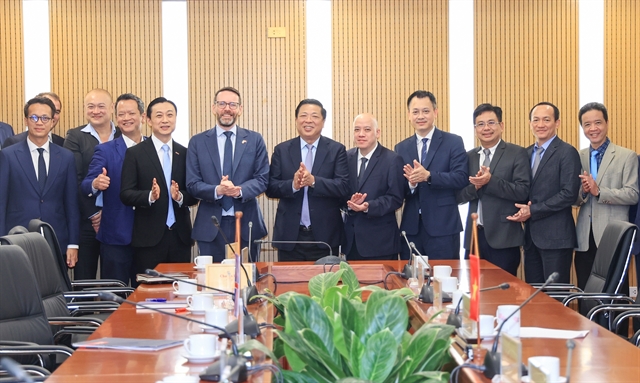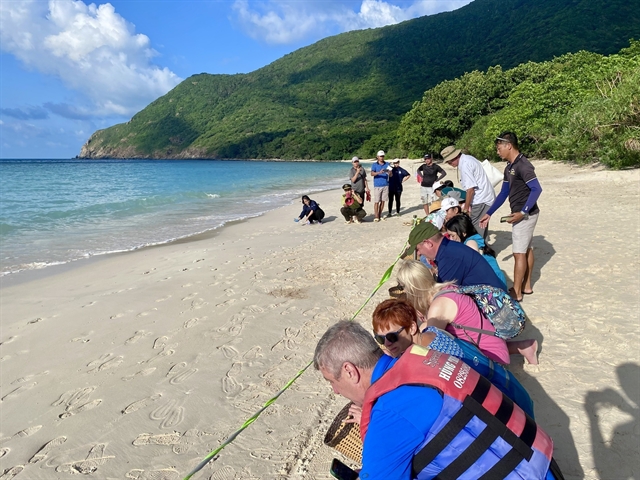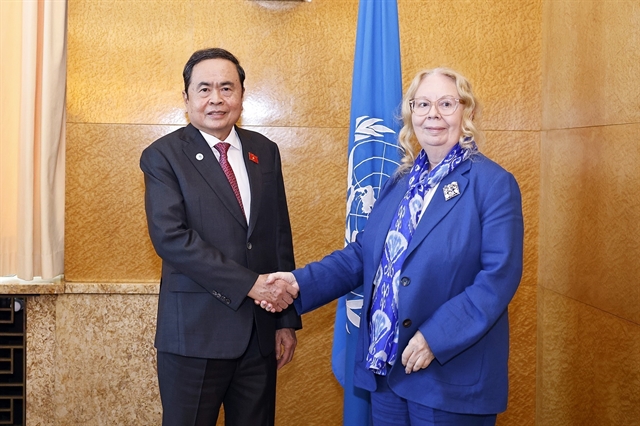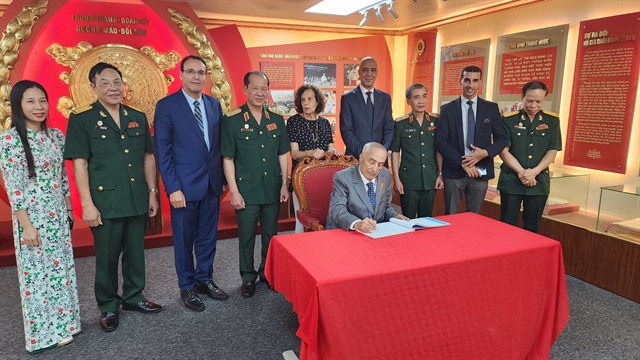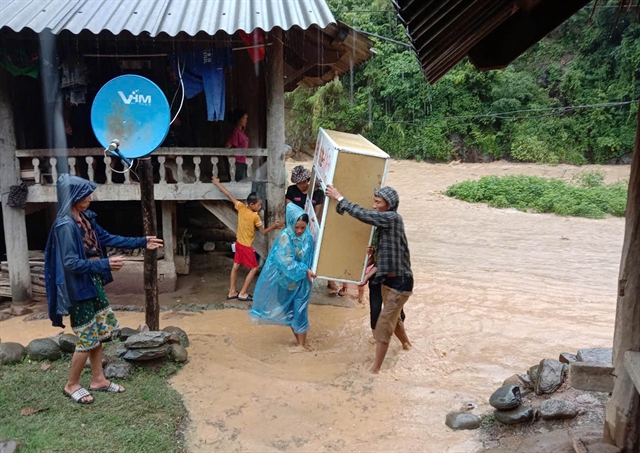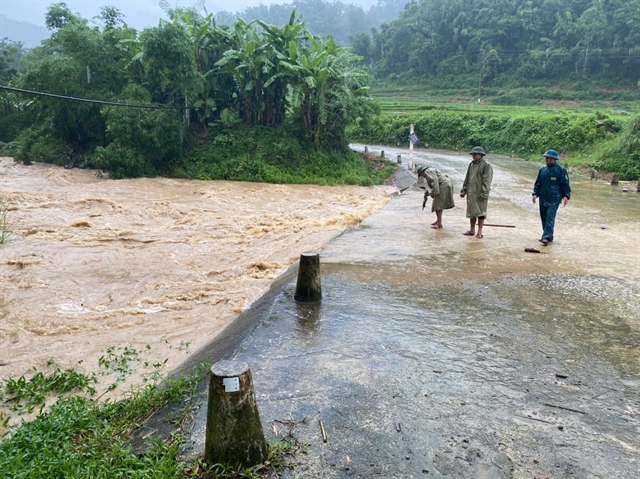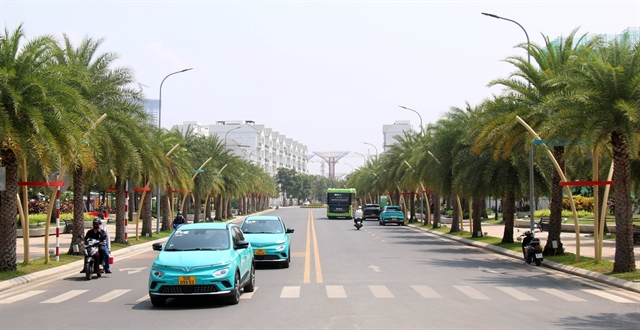 Society
Society

A year after the environmental catastrophe of mass fish deaths caused by the Hưng Nghiệp Formosa Steel Corporation, residents along the central coast are trying to return to a normal life.
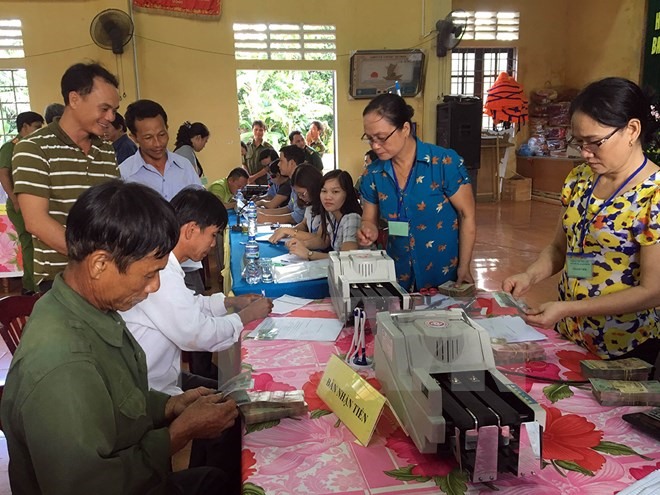 |
| Residents of Vĩnh Linh District in central Quảng Trị Province receive financial compensations for the environmental catastrophe caused by the Hưng Nghiệp Formosa Steel Corporation last year. — VNA/VNS Photo Trần Tĩnh |
HÀ NỘI — A year after the environmental catastrophe of mass fish deaths caused by the Hưng Nghiệp Formosa Steel Corporation, residents along the central coast are trying to return to a normal life.
Formosa’s actions polluted more than 200km of coastline in April last year, killing more than 100 tonnes of fish and devasting the environment, robbing thousands of people of their livelihoods and severely damaging the economies of Hà Tĩnh, Quảng Bình, Quảng Tri and Thừa Thiên Huế provinces.
Fisheries and tourism, key economic sectors for the central region, were plunged into a serious crisis.
Residents surviving on fishing were rendered desperate and helpless, not knowing what to do with no fish or shrimp to catch.
After Formosa committed to pay compensation, the Government and local authorities have tried to support residents resume production and positive results have been seen.
The bustle and noise have returned to Hà Tĩnh Province’s Kỳ Anh District, with hundreds of boats going out to sea and returning every day.
Hà Tĩnh households engaged in offshore fishing and aquaculture suffered damages estimated at over VNĐ260 billion (US$11.5 million).
Hoàng Thị Hương, a resident of Kỳ Ninh Commune in Hà Tĩnh’s Kỳ Anh District, said that after receiving compensation, her family bought new fishing tools and upgraded her fishing boat.
“All boats in the communes have resumed operations and they usually get plenty of fish every trip,” said Lê Công Dương, chairman of Kỳ Ninh Commune.
Better catches
Nguyễn Sửu, another farmer, said he’d never enjoyed such a bumper crop as he’s done this year.
“We are getting a better catch compared to last year, and there is no difficulty in selling the seafood,” he said, adding that his family was earning dozens of millions of đồng per fishing trip.
Signs of economic recovery have also been seen in Quảng Trị Province.
Nguyễn Văn Huân, deputy director of the province’s Agriculture and Rural Development, said fishermen have been regularly getting big catches since the beginning of this year.
Huân cited as an example the case of Lê Tuấn, a fisherman from Gio Linh District.
Tuấn returned from a fishing trip with a catch weighing 150kg, the biggest ever reported in the province. At VNĐ40,000 per kilogramme, he earned VNĐ6 billion from this trip.
Signs of recovery
Huân said that the bigger catches that fishermen are getting in the central region show that the sea is recovering, and so is the fisheries sector.
The mass fish deaths were first reported on April 6 when a large number of dead fish washed ashore in Hà Tĩnh Province. The phenomenon soon spread to Quảng Bình, Quảng Trị and Thừa Thiên-Huế provinces.
The pollution also affected over 260,000 people who earned their living from the sea.
Late in June, Formosa Hà Tĩnh accepted responsibility for the mass fish deaths and pledged to compensate by paying over VNĐ11.5 trillion ($500 million) to support local fishermen and help clean up the polluted marine environment.
As of April 1 this year, nearly VNĐ3.7 trillion has been paid to affected people. It is expected that the payment of compensation to victims will be completed by June this year.
Apart from monetary compensation, many incentives have been offered to affected people, like supporting fishermen who want to shift to other jobs or work overseas.
Aquaculture exploitation and trading of aquatic products in the central area have returned to normal, officials say. Since the beginning of the year, over 4,500 tonnes of seafood have been bought and consumed.
Over 80 per cent of fishing boats have resumed their operation, and the area of brackish water aquaculture has met the target of 2,777ha set for the end of 2016. — VNS

